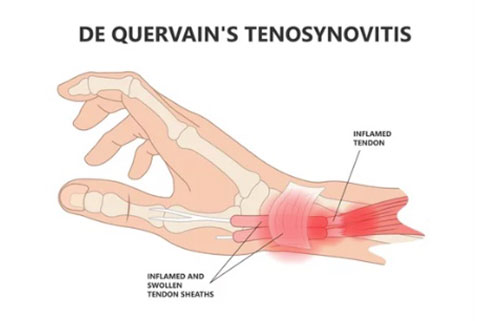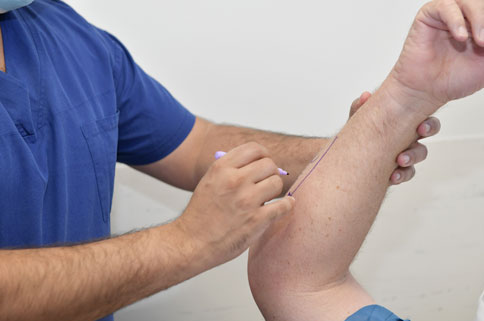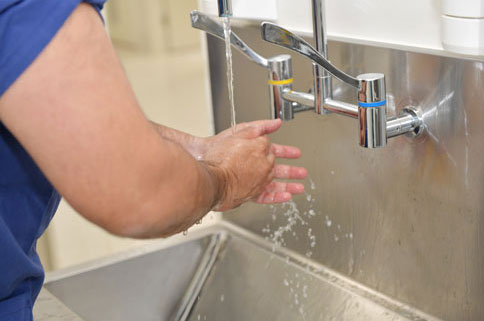
Cubital tunnel release surgery is a procedure that is performed to relieve pressure on the ulnar nerve in the elbow. The ulnar nerve runs from the neck, through the shoulder, down the arm, and through the cubital tunnel in the elbow, where it supplies sensation to the little finger and half of the ring finger, as well as controlling some of the muscles in the hand.
Cubital tunnel syndrome occurs when the ulnar nerve is compressed or irritated, which can cause pain, numbness, tingling, and weakness in the hand and forearm. Cubital tunnel release surgery is performed to relieve this pressure on the nerve, and restore normal function to the hand and arm.
The Surgical Procedure
The procedure is usually performed under general anaesthesia, although some patients may be able to have the procedure done under local anaesthesia with sedation. Dr Singh begins by making an incision on the inside of the elbow, and then carefully exposes the ulnar nerve.
The ligament that forms the roof of the cubital tunnel is then carefully cut, which creates more space for the nerve to move freely. In some cases, the nerve may also be repositioned to a new location that reduces the likelihood of future compression.
Once the procedure is complete, the incision is closed with sutures or staples, and a sterile dressing is applied. A splint or brace is typically placed on the arm to protect the area and prevent movement.
Recovery Timelines
Recovery after cubital tunnel release surgery varies depending on the individual patient and the extent of the procedure. Patients may need to wear a splint or brace for several weeks following surgery, and may also require physical therapy to restore strength and mobility in the hand and forearm.
Potential Risks
Potential risks of cubital tunnel release surgery include infection, bleeding, nerve damage, and stiffness or weakness in the elbow, hand, or forearm. However, these risks are relatively low, and most patients are able to return to normal activities within several weeks to several months after the surgery.
Estimate of Fees
As a privately insured patient at Midwest Orthopaedics, typically, costs associated with surgery are as follows:
Your initial consultation fee, review consultation fee & Dr Singh’s surgical fees.
Your level of healthcare and your provider greatly influence your out-of-pocket expenses, so we recommend that you check with your health fund prior to booking in for surgery.
Other related charges include the Anaesthetist, the surgical assistant, the hospital fees and any in-patient pathology and radiology charges if x-rays or scans were required.
 Christmas Operating Hours
Christmas Operating Hours 













